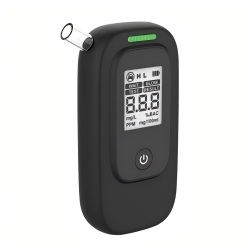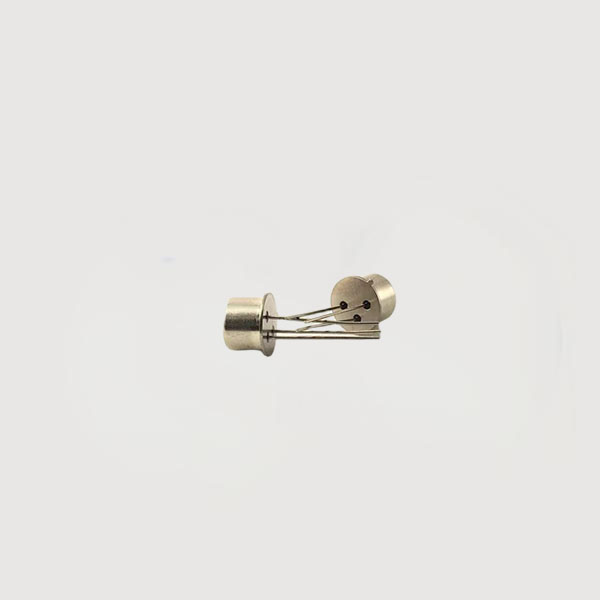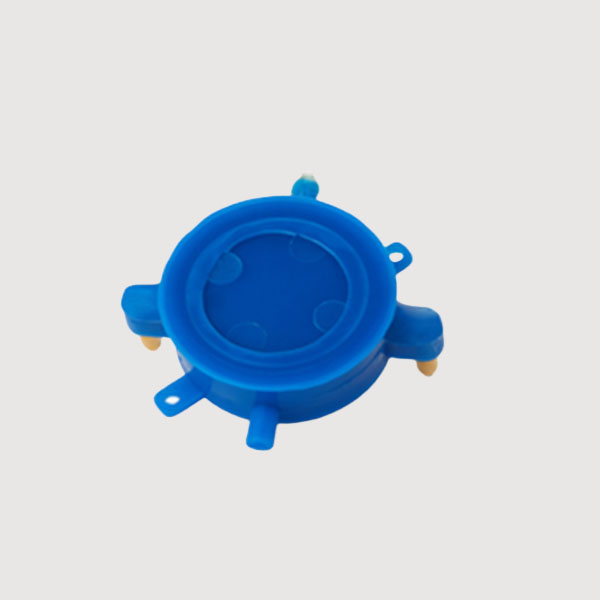

 News
News Industry News
Industry NewsBreathalyzers use an alcohol sensor to determine if a person is driving under the influence. The sensor acts like a gas-sensitive resistor, whose resistance changes with the alcohol concentration in a person's exhaled breath, causing changes in the current and voltage in the circuit. The alcohol content in exhaled breath is proportional to the blood alcohol content. Different alcohol concentrations cause the sensor to generate voltage signals of varying strengths. This signal is amplified by an electronic amplifier, resulting in the reading on the breathalyzer.

Breathalyzers have evolved from existing breathalyzers, testers, and portable alcohol detectors. The first breathalyzer was developed as early as 1954. Since then, breathalyzers have rapidly developed, and alcohol sensor technology has also continued to improve.
Currently, five main sensor technologies are used in commonly used breath alcohol detectors: semiconductor detection, fuel cell technology, colorimetric technology, infrared detection, and gas chromatography. For various reasons, fuel cell technology is currently the most widely used.

MQ-D3B semiconductor Alcohol Gas Sensor

MQ-E2-C2H5OH Electrochemical Alcohol Sensor
Fuel cell breath alcohol detectors use a fuel cell alcohol sensor as the gas sensor and platinum as the precious metal electrode. The sensor's combustion chamber is filled with a special catalyst that fully burns the alcohol entering the chamber and converts it into electricity. This generates a voltage across the two electrodes, which is proportional to the alcohol concentration in the gas entering the chamber.
These sensors are categorized by their detection method: natural diffusion and pump-type.
Police breathalyzers typically use pump-type sensors, while natural diffusion sensors are typically used for air alcohol concentration testing.
Difference between both of them:
Diffusion-type alcohol sensors are installed directly in the environment of the object being measured, allowing the measured gas to come into direct contact with the sensor element through natural diffusion. (The MQ-D3B alcohol sensor in the picture above is a diffusion-type sensor.)
Pump-type alcohol sensors use a suction pump or other means to introduce the measured gas into the sensor's detection element for detection. (The MQ-E2-C2H5OH-Ф16 alcohol sensor in the picture above is a pump-type alcohol sensor.)